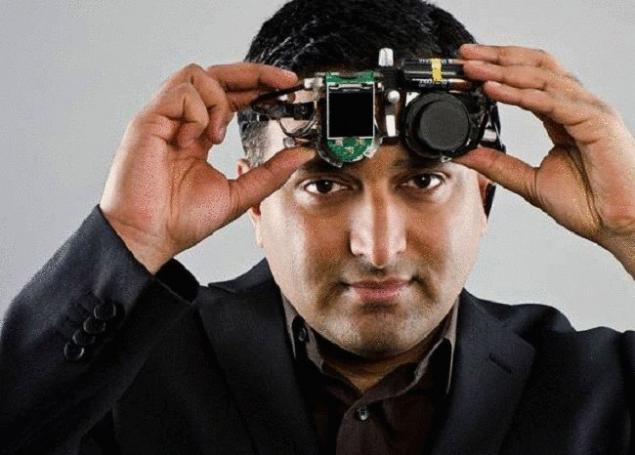396
Superhuman vision Ramesh of Rescare

All through his childhood, Ramesh Raskar regretted that he did not have eyes in the back of his head. "I suspected that the world doesn't exist if I don't look at it so I constantly turned around to see what's behind me." And though this habit is to spin has disappeared, Raskar have not lost the desire to get a vision with a wider angle.
Today, as head of the research group and the Camera Culture associate Professor media arts and Sciences at the MIT Media Lab, Raskar embodies his childhood dream into reality, along with many others. Among his inventions — neocamera that works at the speed of light, and improvised tools for medical imaging. What are the scientific objectives? "I want to create not just a new way to see, but superhuman vision," says Raskar.
He avoids research projects that start with a specific goal, "because you'll just come up with the same solution as everyone else." Open, as a rule, fall down a cascade from one area to another. For example, an innovative computational method for the reduction of blurring movement in pictures Raskar led to the creation of new technologies for the analysis of how light propagates. "We are competing; what we do here can be used somewhere else," he says.
Inspired by the famous photograph of a bullet passes through an Apple, created in 1964 by mit Professor Harold Edgerton, Raskar decided that he could do what was done by the photographer, millions of times faster. This led to one of the breakthrough discoveries of the group Camera Culture, pentaftalevye, method of shooting light in flight.

By manipulating the photons in a package resembling a bullet Egerton, Raskar and his team were able to "shoot" ultrashort laser pulse through a coke bottle. Using a special camera to take these pulses were recorded at a speed of half a trillion frames per second with dokhtarironi a fraction of a second exposure time. The group was photographing the movement of light with wave-like shadows that covered the outer part of the bottle.
Gentoftegade opened additional opportunities, and Razkar wondered what else to do with ultra-fast rendering. He was particularly interested in the scattered light, similar to when the fog creates a visual equivalent of "noise."
In one experiment, Razkar could see the object behind the wall, out of sight of the camera. Emitting ultra short laser flashes on the nearest surface and creating millions of frames of light, Bouncing like a ball across the stage, the group identified the image of the hidden object. She created a camera that can see beyond the corners, and this invention could one day be extremely useful to mankind.
The purpose of Rascar "to make the invisible visible" extends to the human body. The Camera Culture group has developed a method of shooting the eyes with a nozzle on the telephone, which led to the emergence of low-cost and simple to diagnose eye problems. Contemporary photography have come a long long way from developing the film to a digital image and Raskar thinks the same thing will happen in the field of medical imaging. His research group intends to break all the templates and step out into the forefront. Raskar sure that this will happen in the next two years.
Also Raskar assumes that images will serve as a catalyst of transformation in all spheres of human life, beyond which they want to go.
"I hate conventional camera, he says. They only record what I see. I want a camera that will give me superhuman vision."
Source: hi-news.ru























